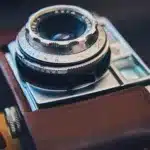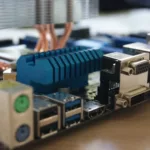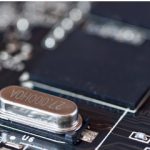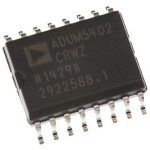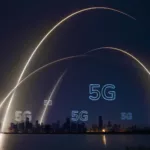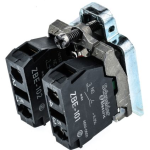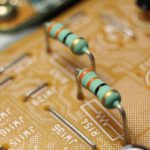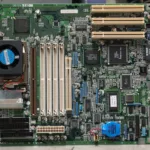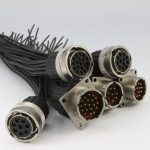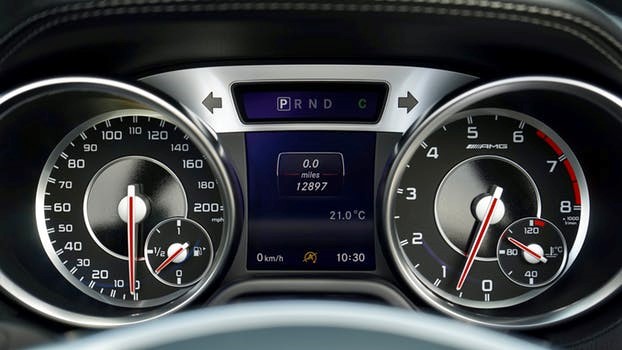
DC/DC Converters
DC/DC converters take voltage from a Direct Current (DC) source and then converts it from a certain DC voltage level to another. They are used to raise or reduce the voltage level of supply voltage. They are often used in automobiles and household electronics. They are prevalent in environments where the primary source of power is battery and the load deriving power from the battery require different voltage levels to operate. A good example is a car, the clock on the dashboard requires a lower voltage than that supplied by a 12V or a 24V battery and hence the voltage level will need to be stepped down in order to run the clock.
Applications for DC/DC converters in power electronics
DC DC converter are very important in ensuring that modern power electronics work efficiently and are reliable. The unfolding developments in the renewable energy sector have resulted in an innovative boost in power electronics. Inverters have become more efficient as result of modern Insulated Gate Bipolar Transistors (IGBTs). IGBTs can be actuated using very low power just like MOSFETs. When IGBTs are in the conduction state, the loss along the C-E (collector-emitter) path is also very just like in bipolar transistors.
This improves performance in transistors is a result of the use of new semiconductor materials, Silicon carbide (SiC) and gallium nitride (GaN). Transistors made from SiC and GaN pass high currents and offer high switching frequencies. SiC and GaN also accelerate the switching process and improve efficiency by about 3% (from 95% to 98%). They also reduce energy loss by a whopping 66% hence keeping the temperatures low.
Power electronic and racing cars
When these improvements are placed in the context cars, it translates to lower system energy loss hence one can drive for more distance before the battery runs flat. There will also be less heat dissipated eliminated the need for cooling systems which are often heavy and bulky hence the vehicle becomes lighter. The lighter the vehicle the more improved the acceleration and the battery range. The new SiC and GaN can also withstand high temperature.
Electric racing car (0 to 100 Km/h in under 2 seconds)
University of Applied Sciences Munich’s Formula Student Team and the MunicHMotosport join the up every year to design an electronically powered car that will compete in the FSE (Formula Student Race) race that takes place annually. Their latest design moves from 0 to 100 km/h in less than 2 seconds and weighs below 200 Kgs. It runs on three phase motors connected to the wheel hubs and generates up to 129 kW on the road. The power required to ensure this performance is supplied by a high voltage battery that supplies two intermediate circuits with up to 600V.
To achieve such high voltage, large capacitors are used to power four inverters which then supply the synchronous motors. The inverter bridges that supply power to the motors are equipped with Sic MOSFETs. Two MOSFETs are connected in parallel so as to reduce the distance between the SiC MOSFET and the gate so as to enable the production of currents of up to 100 A.
Each of the individual motors has its own power electronics. The power electronics comprise 6 SiC MOSFET pairs combined to the bridges. Each of the gate drivers is powered by DC DC converter that have been specifically designed for use in SiC applications. Every single one of the power switch pair is controlled using its own gate driver that has acute switching edges, that act as a galvanic isolator between the floating potentials (gates) and the fixed potential of control electronics. Each motor has 6 drivers each of which requires a voltage of between +20V and -5V so that it can operate along the steep switching edges while at the same time protecting from faulty switching.
Dual outputs
Each of the 3-phase motors has 6 bringing the total number of drivers to 24. Each of the 24 drivers requires two DC DC converter which translates to 48 converters in total. This number is quite high. To halve this, RECOM has come up with DC/DC converters that supply +20V and -5V as required by the drivers. The new converters utilize “power-sharing” technology and can be supplied with constant power and asymmetric current.
Other applications for SiC MOSFETs and IGBTS
An increasing number of applications demand fast switching. Such applications include inverters, induction furnaces, welding machines and frequency converters among other devices. Most of these applications, however, come with IGBTs as they are mass produced making them a lot cheaper than SiC MOSFETs. IGBTs are like MOSFETs, they are powered by two different voltages, +15V and -9V have seemly become the standard. There is a broad range of DC/DC converters for IGBT application. They have dual outputs. They, however, differ in insulation strength and design. You need to keenly vet them to identify that which perfectly fits in your circuit.







